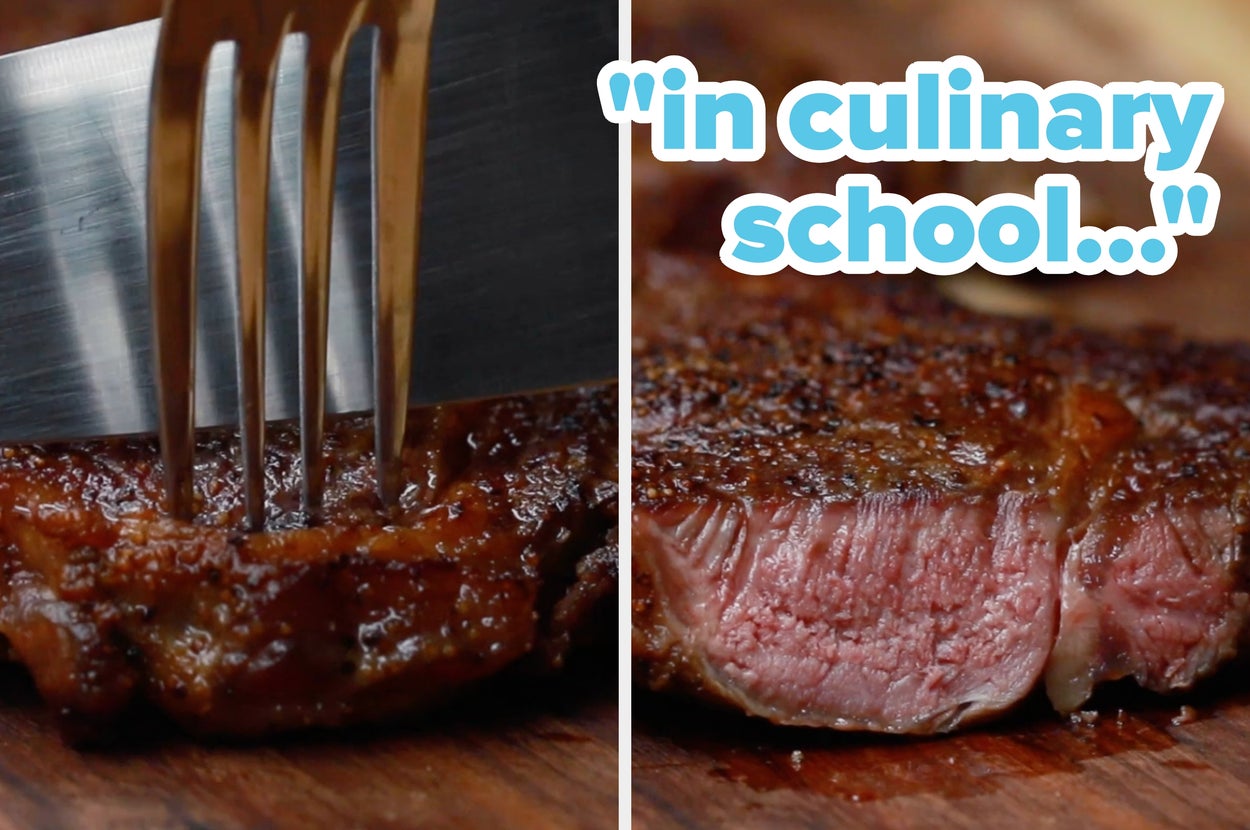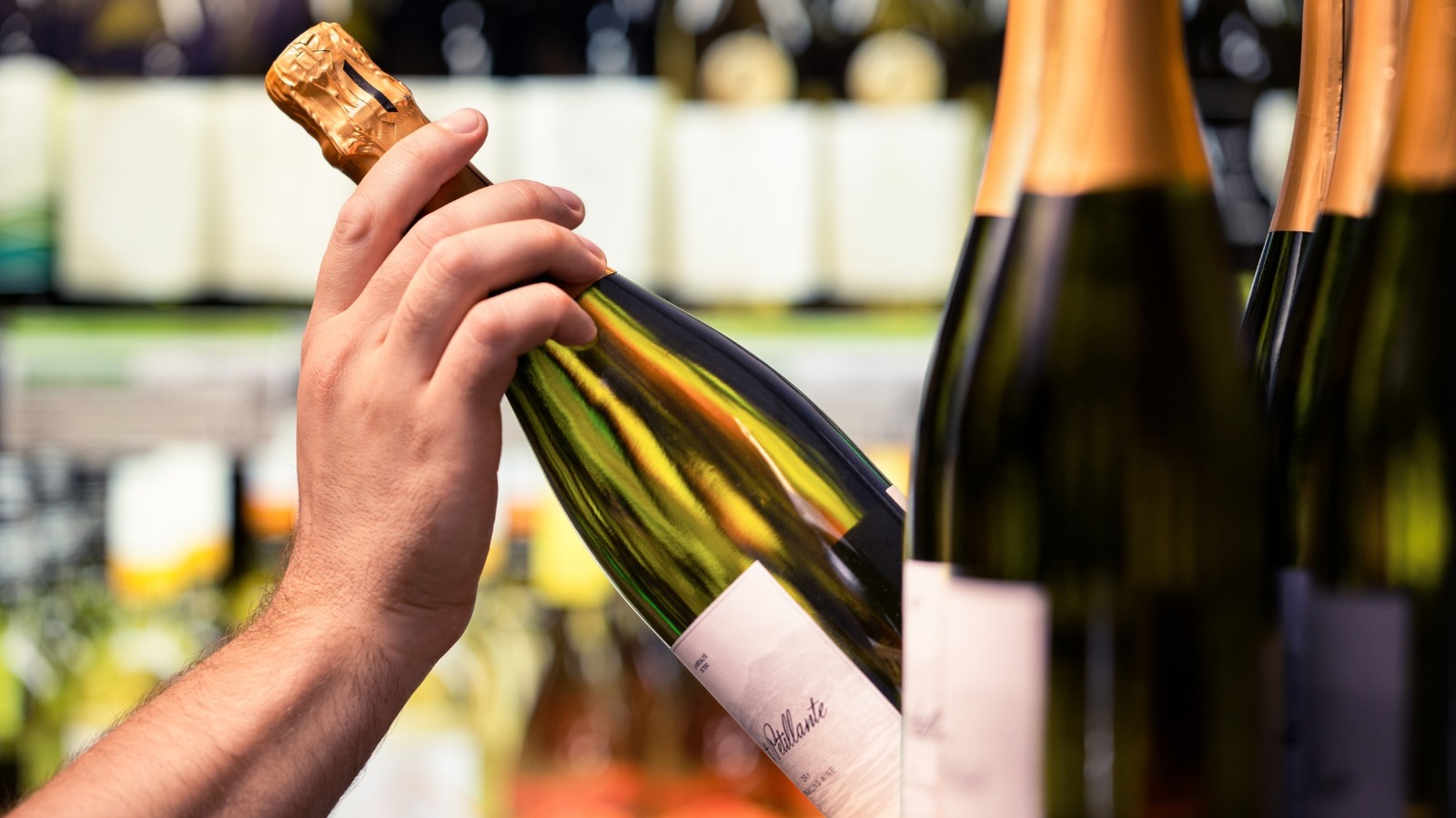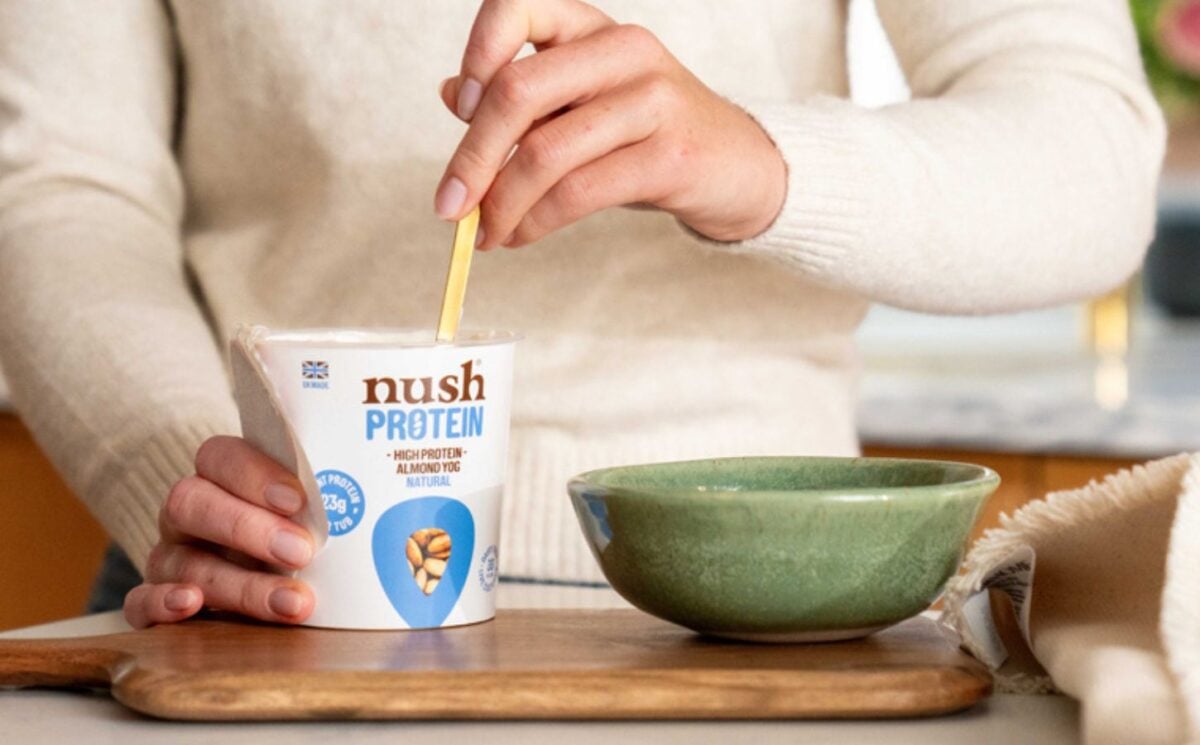I’ve forgotten plenty from culinary school — which goat cheese comes from the Loire Valley, how to butcher a rabbit, and why snails ever became a delicacy. But one lesson that’s literally seared into my brain is the best (and, in my opinion, only) way to cook a steak in a pan. So grab a chef's coat and your best Julia Child impression because I'm taking you to school (cooking school, that is).
The journey to a perfect steak begins at the butcher shop (or let’s be real, your local grocery store). Look for a cut that’s at least 1 to 11⁄2 inches thick. Ribeye, flat iron, NY strip — dealer’s choice, as long as it has some marbling (fat = flavor).

Feeling overwhelmed? Ask the butcher! Tell them your budget and preferred cut — they’ll steer you right. If you really want to up the culinary ante, try dry-brining. It sounds fancy, but it’s a simple technique that only requires one ingredient: patience.
Sprinkle salt on all sides of your steak 24–72 hours before steak night, then stash it in the fridge uncovered. This draws out moisture, deeply seasons the meat, and dries the surface for a better sear. About an hour before you cook, pull the steak from the fridge and let it come to room temp.
Why? A cold steak takes longer to brown* — and during that awkward in-between phase, you’re just boiling the edges. Not cute. *For the food science nerds: Browning (aka the Maillard reaction) happens at 285–325°F.
It’s the same process that makes toast toasty and coffee deliciously roasty. Right before your steak hits the pan, grab a paper towel and blot it dry on all sides. Moisture is the enemy of a good crust — the drier the surface, the better the sear.
For a more well-done steak, you'll want to pop it in a hot (425°F/215°C) oven after searing and check the internal temperature with a thermometer after searing. Your next step towards culinary school stardom is to season your steak! With feeling! No need to overthink this. Generously coat your steak with kosher salt and freshly cracked black pepper on both sides.
That’s it. And don’t be shy — this is your crust in the making. P.
S. If you've dry brined, there's no need to season with more salt, but some cracked pepper would not go amiss! Use a heavy-bottomed skillet — cast iron or stainless steel are always a good idea (and very French). Heat it over medium–high heat for about 3–5 minutes.
We want the pan hot, but not smoking. And please, for the love of Julia Child, do not use a nonstick pan. Add a high-smoke-point oil (like canola), swirl to coat, and lay your steak down away from you to avoid splatter.
Let the steak sear undisturbed for 2–3 minutes. Don’t press it. Don’t poke it.
Let it do its thing. You’re building a golden, flavorful crust. Once the steak has seared on the other side for an additional 2–3 minutes, you can baste* with butter and herbs if you so choose.
*Basting is the thing you see chefs on cooking shows doing where they add butter to a pan after searing a protein like a steak or fish filet. They look very suave, tilting the pan and spooning foamy butter on top of what they're cooking. Basting can add flavor, a more even temperature throughout the steak, and an even golden crust.
These things are all true, but it's not necessary. You'll still have a delicious steak if you follow the abovementioned steps. Once your steak has reached your desired temperature (125°F/52°C for med-rare), take it out of the pan and let it rest for at least half the time it was cooking.
Then it's time to slice into it and admire your handiwork. Et voila! You have a steak that would get an A++ in culinary school. For a step-by-step recipe for a perfectly seared steak and a video tutorial to get you through the tricky parts, download the free Tasty app , search "filet mignon" or "ribeye steak," and click on the top recipe.
You'll quickly become every meat lover's favorite person..
Food

I Went To Culinary School, And This Is The 1 Steak Lesson That Stuck

This technique is seared into my brain and should be in yours, too.View Entire Post ›















